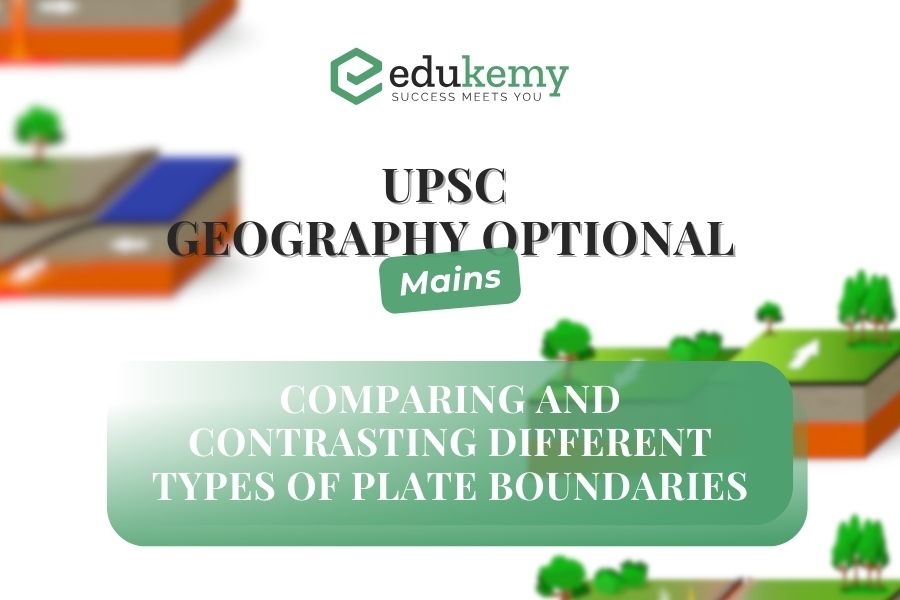
Explore the diverse nature of plate boundaries, delving into their distinct characteristics and geological processes. Plate boundaries are classified into three main types: divergent, convergent, and transform. Divergent boundaries occur where tectonic plates move apart, leading to the formation of new crust through volcanic activity. Convergent boundaries involve plates colliding, resulting in the formation of mountain ranges, deep-sea trenches, and volcanic arcs. Transform boundaries occur where plates slide past each other horizontally, generating earthquakes along fault lines. By comparing and contrasting these plate boundary types, one can gain insights into the dynamic forces shaping Earth’s crust and the diverse geological features they produce. Embark on a journey of exploration, unraveling the complexities of plate tectonics and the fascinating interactions occurring beneath Earth’s surface.
Contents
Answer:
Introduction:
Plate boundaries are the regions where tectonic plates meet. There are three main types of plate boundaries: convergent boundaries, divergent boundaries, and transform boundaries.
Body:


Contrast:
- Movement Direction: Convergent boundaries involve plates moving towards each other, divergent boundaries involve plates moving away from each other, while transform boundaries involve plates sliding past each other horizontally.
- Subduction: Convergent boundaries have subduction zones where one plate is forced beneath the other, whereas divergent and transform boundaries do not.
- Volcanic Activity: Convergent boundaries exhibit intense volcanic activity along subduction zones, while divergent boundaries show volcanic activity along mid-ocean ridges, and transform boundaries may have less common volcanic activity.
- Earthquake Activity: Convergent boundaries have frequent and intense earthquakes, divergent boundaries have frequent but less intense earthquakes, and transform boundaries have frequent and intense earthquakes along fault lines.
- Examples: Each boundary type has distinctive examples, such as the Andes Mountains and Japan for convergent boundaries, the Mid-Atlantic Ridge and East African Rift for divergent boundaries, and the San Andreas Fault and Alpine Fault for transform boundaries.
- Features Formation: Different landforms and geological features are formed at each boundary type, such as mountains, volcanoes, and trenches at convergent boundaries, mid-ocean ridges and rift valleys at divergent boundaries, and fault lines and earthquake zones at transform boundaries.
- Plate Movement: Convergent boundaries may involve the destruction of oceanic crust, divergent boundaries lead to the formation of new crust, while transform boundaries involve lateral movement with no new crust formation.
Conclusion:
Studying these boundaries helps in comprehending the dynamic processes shaping the Earth’s surface and aids in making informed decisions regarding land use and disaster preparedness. Future research in this field could focus on exploring the interconnectedness of plate boundaries and their implications for global tectonic activity and seismic hazards.
In case you still have your doubts, contact us on 9811333901.
For UPSC Prelims Resources, Click here
For Daily Updates and Study Material:
Join our Telegram Channel – Edukemy for IAS
- 1. Learn through Videos – here
- 2. Be Exam Ready by Practicing Daily MCQs – here
- 3. Daily Newsletter – Get all your Current Affairs Covered – here
- 4. Mains Answer Writing Practice – here

